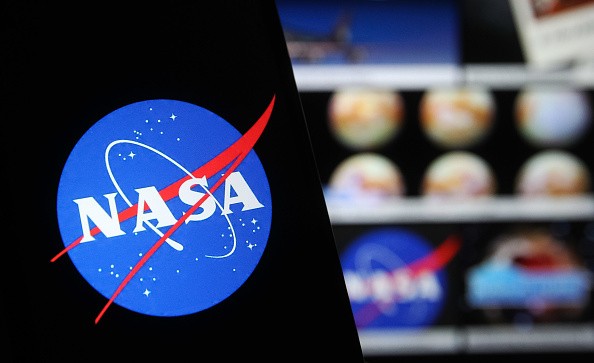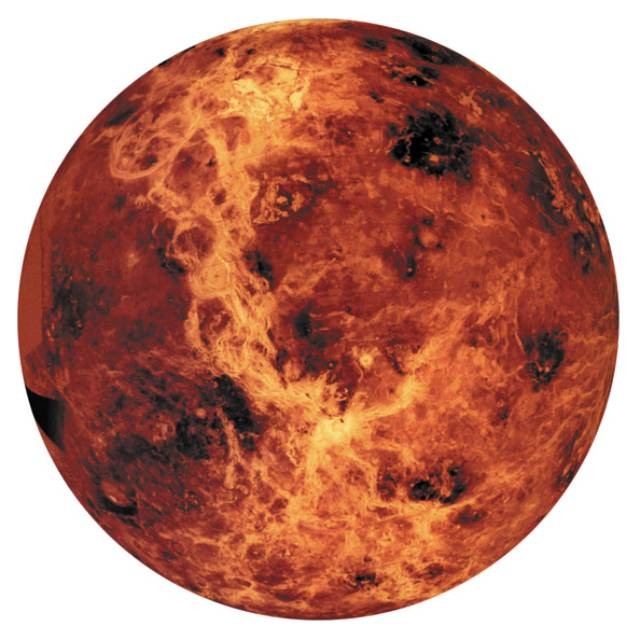NASA might be focusing a lot on Mars right now, but they certainly haven't forgotten about Earth's hothouse twin.
A recent report by Hackaday revealed that NASA just picked two new missions to Venus, named DAVINCI+ and VERITAS, which will join a lone Japanese probe currently studying the planet (Akatsuki orbiter) sometime before the 2020s ends.

DAVINCI+ and VERITAS' main goal is to characterize the Venusian atmosphere and eventually map the planet's surface in more detail than before. Once the missions succeed, it will give scientists on Earth unprecedented information about a possible tectonic activity that could make Venus the way it is.
Aside from the atmospheric study, the new missions might also be looking out for signs of extraterrestrial life in what a NASA post calls a "lost habitable world." Space exploration enthusiasts will have to wait a bit longer since the agency plans to launch the two missions between 2028 and 2030. As for the cost of the two projects, NASA plans to spend a cool $500 million for both.
It's worth noting that despite being a lot closer to Earth than Mars is, Venus has been barely explored in the past. While there have been a lot of missions sent to the planet already, only 27 have been considered successful, and most of them are mere flybys, according to Space.com.
Read also: NASA, ESA to Spearhead New Missions to Venus
NASA Venus Missions: What Else Do They Hope To Find?
By now, you already know what the two new Venus missions are looking to do: map the planet in incredible detail for the first time. But let's go back to the search for extraterrestrial life because that's where Venus has made some powerful headlines in the past few years.
Around three years ago, it was found that the thick clouds covering the planet could be host to microbial alien life. And this idea actually wasn't a new one: several decades before, the famed astronomer Carl Sagan and biophysicist Harold Morowitz. Their proposal made a lot of sense from a scientific standpoint since Venus' surface regularly hits an average of 900 degrees. That's hot enough to melt lead, which is pretty hard to melt on its own.
Venus' Mysteries
We probably know way more about Mars in all of recorded history than Venus, which is a lot easier to spot than the Red Planet on a normal day. That's because the planet is perfectly visible to the naked eye 20 minutes after sunset earning it the moniker "The Evening Star."

While the DAVINCI+ and VERITAS missions won't be landing on the planet itself, they could bring to light so much more about what secrets Venus is harboring. Within the next few years, maybe scientists will finally determine if life can exist in its thick clouds. Or perhaps it will be revealed whether or not Venus used to be habitable in the distant past. For now, only time will tell.
Related: NASA Completes Diagnostic Tests to Identify Why the Hubble Space Telescope Computer Malfunctioned
This article is owned by Tech Times
Written by RJ Pierce
ⓒ 2025 TECHTIMES.com All rights reserved. Do not reproduce without permission.




